Global Diversification – Past & Future
- Published
- Mar 5, 2020
- Share
Marc Scudillo, Managing Director, and Steve Wang, Chief Investment Analyst, of EisnerAmper's Wealth Management and Corporate Benefits discuss the Quarter 1 Investment Committee Meeting. The fourth part takes a look back at the performance of international markets and diversification.
This video was recorded on February 25, 2020. Update to follow. View the full video here.
Transcript
Marc Scudillo: So let's talk about the decades in review. So when we looked at and then did a comparison of the last decades, let's say from 1980 to 1989 and then we did 1990 to 1999 and so on, the 2000s, 2010s, and then what the future has to hold for the 2020s. In the 1980s, we saw that Japan happened to have been the long bull sector of the market at that point. What we also saw is that many investors at that point in time went into things like the tiger funds, if you remember back then.
Steve Wang: That's right.
Marc Scudillo: And that was the trend. Then we had in the '90s, it was US large cap. We saw that if you saw the trend of cashflows, a lot of cashflows that investors had went into the S&P-type investments. At the time, it was also the NASDAQ. I remember the fall of the NASDAQ.
Then you have the 2000s. So the 2000s happened to have been emerging markets. Although for many people they had it as a piece of their portfolio, not quite sure if they really took advantage of the upswing of that. So then we had 2010s. In 2010s, what we saw the US-
Steve Wang: The US leading the way.
Marc Scudillo: So what's the bias that you're hearing about or seeing now when it comes to the markets?
Steve Wang: Well, from these slides that we did the research among all the different market sectors, one thing we can point out is the importance of the diversified portfolio, because no one can predict which particular market sector will outperform in the future. That's why we don't want to be in a single market, like only in the US, but we also have the want to participate in the international market along the way to making sure that we have full growth, full growth power with that diversified into different market sectors.
Marc Scudillo: We spent a lot of time in the investment committee discussing this, because what happens is there's something called recency bias that investors tend to focus on. The recency bias that we saw in the 1980s, for example, was that movement of investments into Japan after they already saw a trend of increase in Japan.
We're seeing that today where there's a number of investors that are moving towards buying more into the US. Not saying that it's wrong, not that it's saying that we should be getting out of it, but they're kind of foregoing the diversification that they should be maintaining within the portfolio and over-weighting themselves, just purely into the sector. That's a recency bias, because they're seeing that long trend of a number of years that the S&P happens to be one of the better performing segments of the markets as a whole.Then we have the 2020s, and we just started, so we don't know really what's going to happen there.
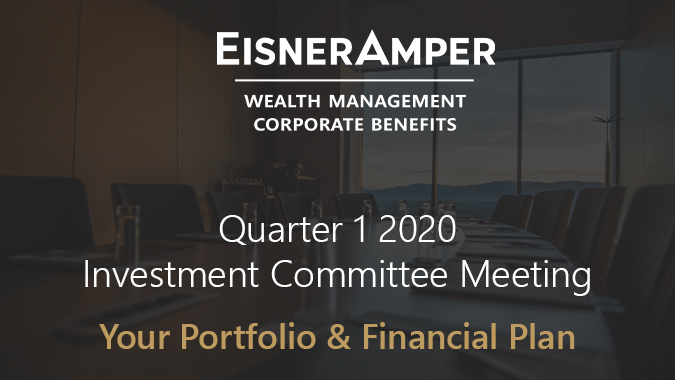
Your Portfolio & Financial Plan
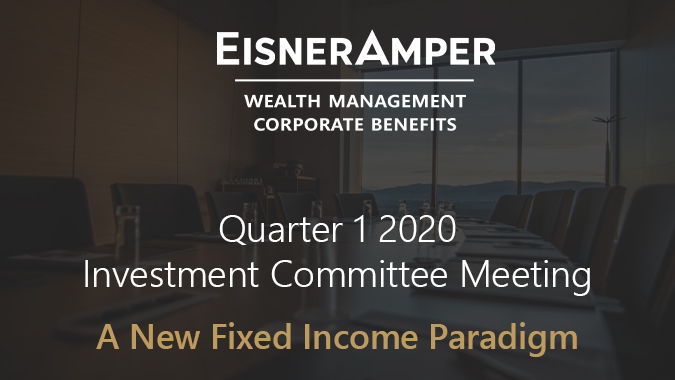
A New Fixed Income Paradigm
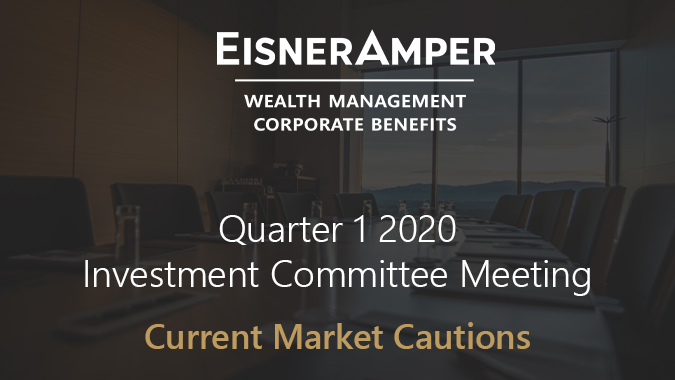
Current Market Cautions
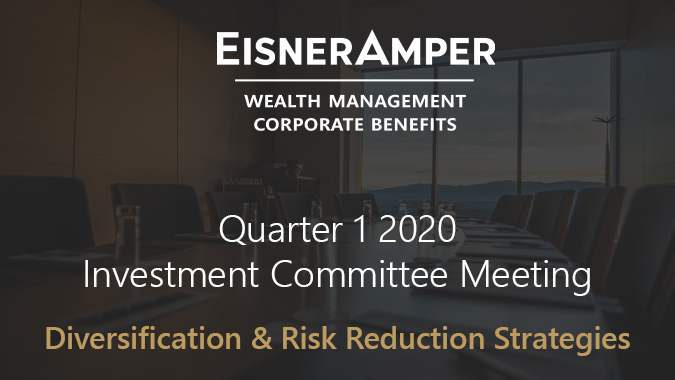
Diversification & Risk Reduction Strategies
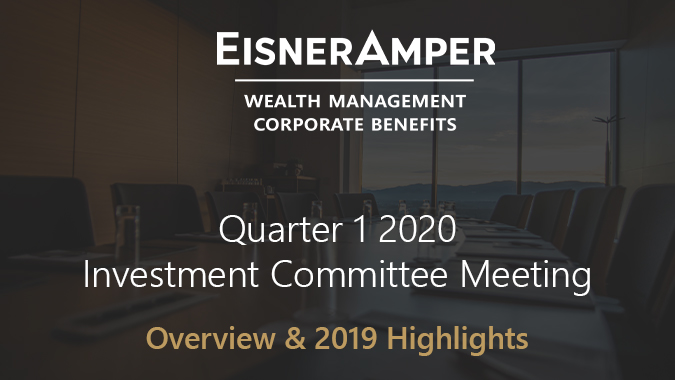
Investment Committee Overview & 2019 Highlights
What's on Your Mind?
Start a conversation with Marc
Receive the latest business insights, analysis, and perspectives from EisnerAmper professionals.
